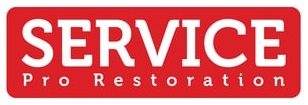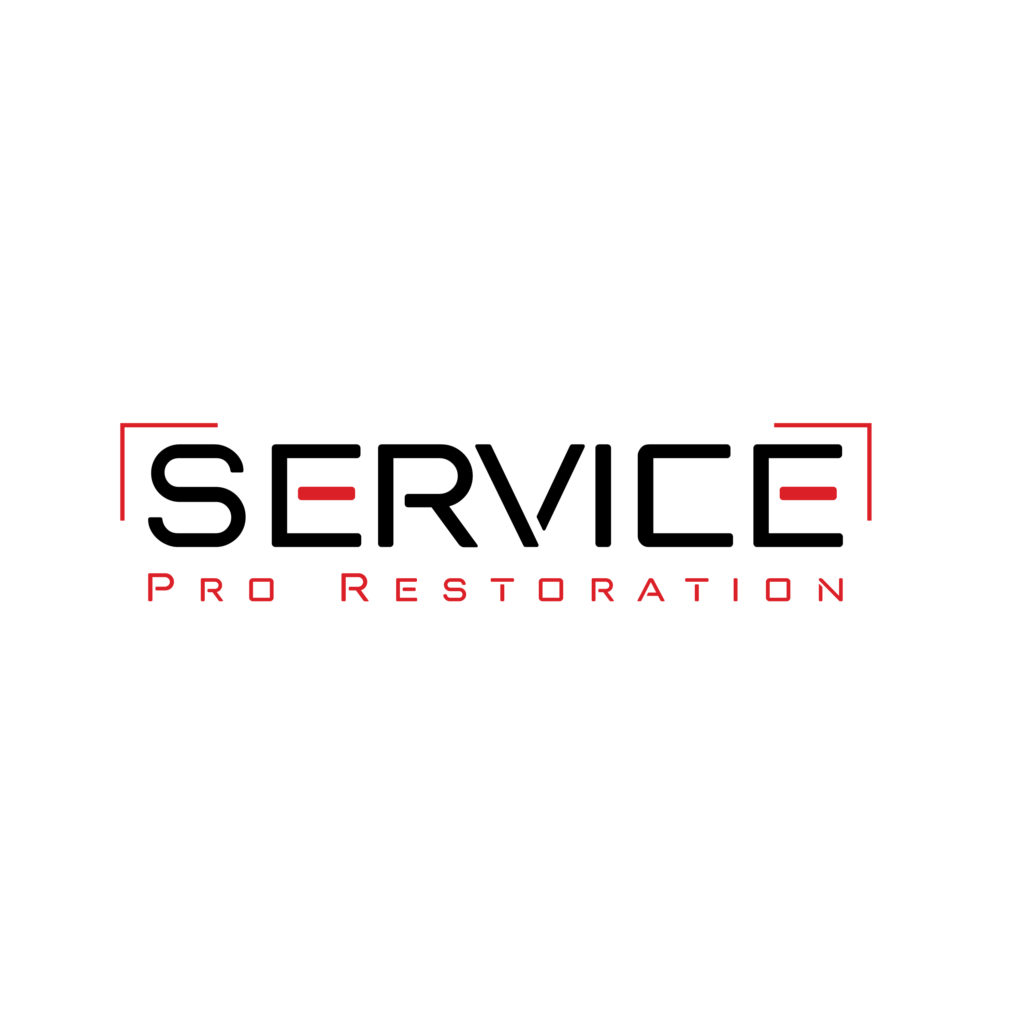Smoke Damage Mitigation

Smoke damage can damage your home or business, so there are a number of steps you can take to minimize the damage. These steps can include the use of a dry-cleaning sponge or a soot-cleaning sponge. These sponges are specifically made to remove the soot and smoke residue from surfaces. The sponge should be applied to a dry surface, using a few strokes per surface. After several days, you should use a new sponge and cover the entire area.
Air scrubbers
Air scrubbers can be a great help in smoke damage mitigation. They are designed to filter the air in a room and even sterilise it. They do this by pulling the air through a purification system and microscopic filters. This removes harmful particles, bacteria, and viruses from the air. It also helps to eliminate chemical odors from the air.
The first filters that come in contact with incoming airflow are called pre-filters. Some scrubbers have one or two pre-filters, each designed to capture different sizes of particulate matter. Pre-filters should be changed frequently. You should change them at the start of each job or at least every few hours. When changing them, you should seal them first so that they don’t get dirty.
Vacuums
Vacuums for smoke damage mitigation are an important part of the clean-up process after a fire. A quality vacuum can remove soot and ash from floors, walls, and upholstery. Ensure that the suction power of your vacuum is high so that you can remove even the smallest particles. Once the soot is removed, you need to deep clean all surfaces. If you have heavy smoke damage, you may even need to replace some items to reduce the risk of permanent staining.
In addition to the HEPA filter, a good vacuum will remove dirt and air particles. Several different models of HEPA vacuums are available, and you can use a combination or one model to clean the entire property. This will help you minimize the amount of damage and speed up the cleanup process.
Dry-cleaning sponges
Dry-cleaning sponges can help you mitigate smoke damage in a number of ways. They are especially useful for soaking up smoke residue from surfaces. These sponges are usually large and made to absorb large amounts of moisture. They can also be used to clean glass surfaces. However, you must be careful when using these sponges. They contain strong chemicals and should be used according to the product’s instructions. They may leave a strong smoke smell, so they are not recommended for immediate use.
Dry-cleaning sponges can also be used for removing pet hair. They are made of a chemical that will adhere to fabric and remove pet hair. These sponges can be used on painted surfaces, wall paper, acoustical tile, paneling, and lamp shades. The sponges are also washable, making them an excellent smoke damage mitigation product.
Negative air fans
Smoke damage mitigation can be accomplished with the use of negative air machines. This equipment filters air from a controlled environment, and prevents contaminated air from entering the building. They are best used inside containment. They also require ducting to exhaust filtered air out of the building.
Negative air fans work by creating negative pressure in the air. They are ideal for commercial applications because they provide ventilation and improved workplace safety. Additionally, they are available with advanced three-stage filtration technology. In addition to purging air pollutants, they can also be used with deodorizers.
Packing out impacted items
One of the most important steps in smoke damage mitigation is to pack out impacted items. Smoke particles can spread throughout your home, exposing you and your belongings to dangerous chemicals. In addition, lingering smoke odor can also affect the quality of the air in your home, especially if you suffer from respiratory conditions. The following tips will help you pack out your impacted items. These tips will help you deal with smoke damage mitigation after a fire.




